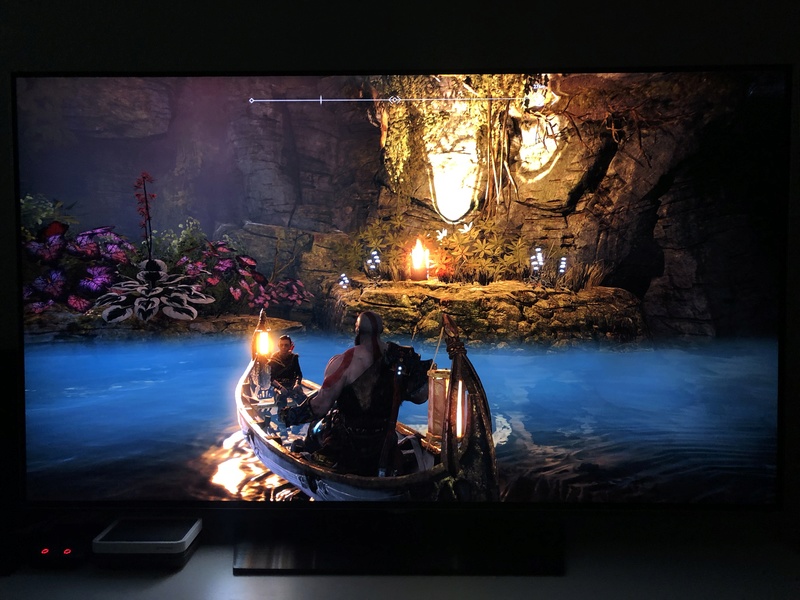OLED SONY
Sony A8F / AF8 OLED - specs
65” and 55” models
Features OLED as display device. 8 million self-illuminating pixels bring a significantly enriched visual experience with unprecedented black, authentic color, and a wide viewing angle.
Features 4K HDR Processor X1 Extreme providing the ultimate 4K HDR viewing experience by incorporating three technologies: Object-based HDR remaster, Super Bit Mapping 4K HDR and Dual database processing.
Features Acoustic Surface technology: the entire screen resonates with great sound emanating directly from the screen itself. This allows a perfect unification of picture and sound that conventional TVs cannot deliver.
Features vibrant, expanded color with TRILUMINOS Display, further enhanced for color accuracy.
Uses 4K X-Reality PRO to produce stunning detail with Sony’s unique algorithm of reality creation database for any content, such as TV broadcasting, DVD, Blu-ray Disc, Internet video and digital photos.
The minimalist design: AF8 series has a clean, minimalist design that keeps you focused on what's important – the picture. The new design with a minimized stand allows the AF8 to be positioned in a wider range of locations.
Android TV lets you explore a world of movies, music, photos, games, search, apps and more. Voice Search to find content, ask questions and control your TV. With Chromecast built-in, you can easily send content from your smartphone or tablet to the TV. With access to Google Play, you can enjoy your favorite movies, TV shows, and games on your TV.
HDR compatible to receive and process the new video standard signal with higher brightness, higher contrast and more vibrant colors via Internet video services and HDMI. Supports HDR10, HybridLog-Gamma and Dolby Vision (future firmware update
Sony's 2018 OLED TV features Dolby Vision, Acoustic Surface - FlatpanelsHD 






